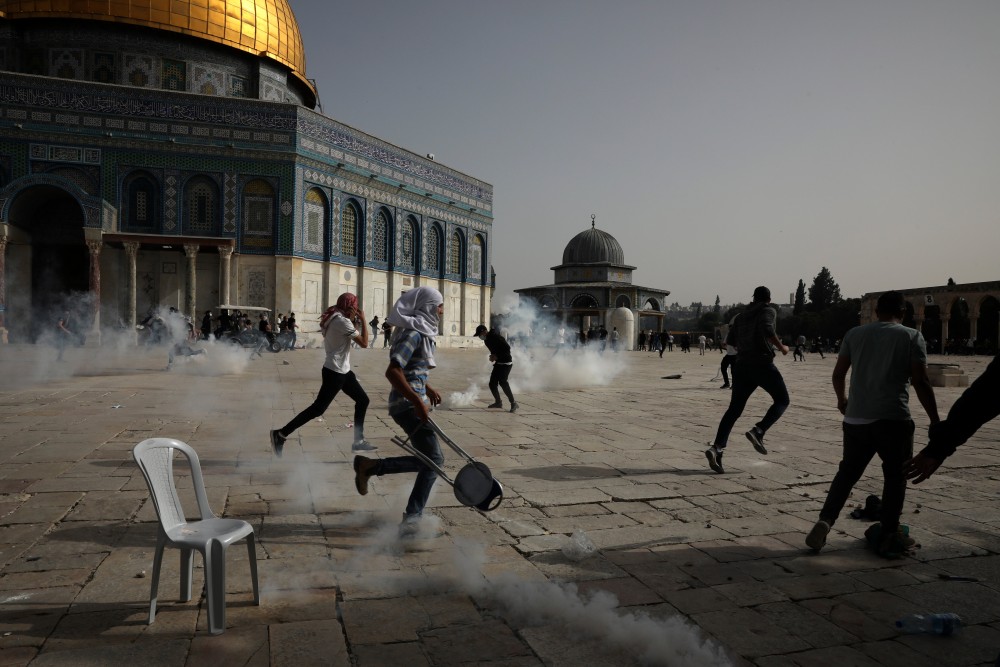The religious aspect of the Israel-Palestine conflict

In mid-May, violence between Gaza and Israel intensified to levels not seen for years, with Hamas shooting hundreds of rockets toward the Tel Aviv area and Israel retaliating with heavy strikes in the Gaza Strip. On May 20, Israel and Hamas agreed to a cease-fire, but during the 11 days of fighting, at least 243 people were killed in Gaza, including 66 children, and 12 people were killed in Israel, including two children.
The buildup to the latest conflagration—some have already called it a new intifada, Arabic for “uprising”—began in a Jerusalem neighborhood near the Old City, close to the Al-Aqsa Mosque, one of Islam’s holiest sites for more than 1,200 years. On May 10, the Israeli police raided the mosque, firing rubber-coated bullets and stun grenades at Palestinians who had been fighting with them the previous night.
While Muslims pray at Al-Aqsa year-round, the mosque attracts even more worshipers during Ramadan. May 12 marked the end of Ramadan and the start of Eid al-Fitr, a joyous time at the conclusion of the monthlong fast.




